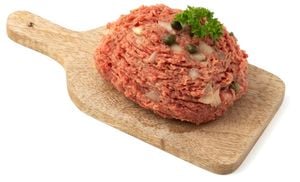A recent study advances the field of water purification by introducing a nonlinear mathematical model to analyze the dynamics of impurity concentrations during the filtration of water through porous materials. Specifically, the model aims to address issues related to water hardness, which often stems from the presence of dissolved calcium and magnesium ions. These impurities can result from natural processes such as geological formations and contribute extensively to the detrimental effects on both human health and technical systems used for water distribution.
This research presents two sequential submodels for modeling the filtration process. The first submodel focuses on nonlinear sorption dynamics, which accounts for the processes until the concentration of impurities bound to the filter skeleton reaches saturation. The second submodel then transitions to describe how these impurities behave within the aqueous solution as they diffuse through the porous structure of the filter.
The significance of this study lies not only in its contributions to theoretical knowledge but also its practical applications. By refining the models to incorporate nonlinear sorption effects, the researchers have improved the predictive capabilities for filtration efficiency under varying conditions.
The findings of this study reveal important insights about transition zones within the filter. It was discovered, for example, the initiation of saturation zone formations—one of the changes predicted by the model—can occur starting from different locations within the filter depending on the conditions, such as the velocity of water flow through the medium. High velocities tend to shift these points closer to the bottom of the filter, indicating rapid saturation dynamics and highlighting the nuanced behavior of impurities during the entire filtration process.
The authors of the article note, “This approach provides new insights on optimizing filtration processes under limited sorption conditions.” This statement encapsulates the essence of the study, underscoring the need for careful evaluation of filtration technologies to maximize their effectiveness.
Given the extensive challenges posed by impurities found commonly in household and industrial water sources, optimizing filtration processes becomes increasingly urgent. With pollution rising globally and regulations shaping the future of water supply, the modeling advances brought to light through this research could lead to significant improvements in water quality management strategies.
Considering the broader impact of models like these, researchers suggest future lines of inquiry may focus on exploring multi-component impurities and the effects of dynamic filter regeneration processes. Together, such initiatives could illuminate additional pathways for enhancing purification systems worldwide.



